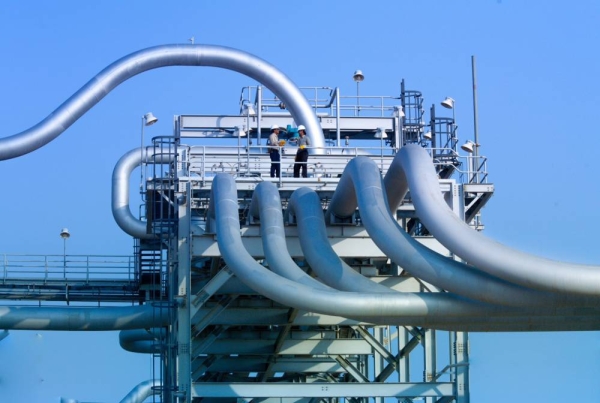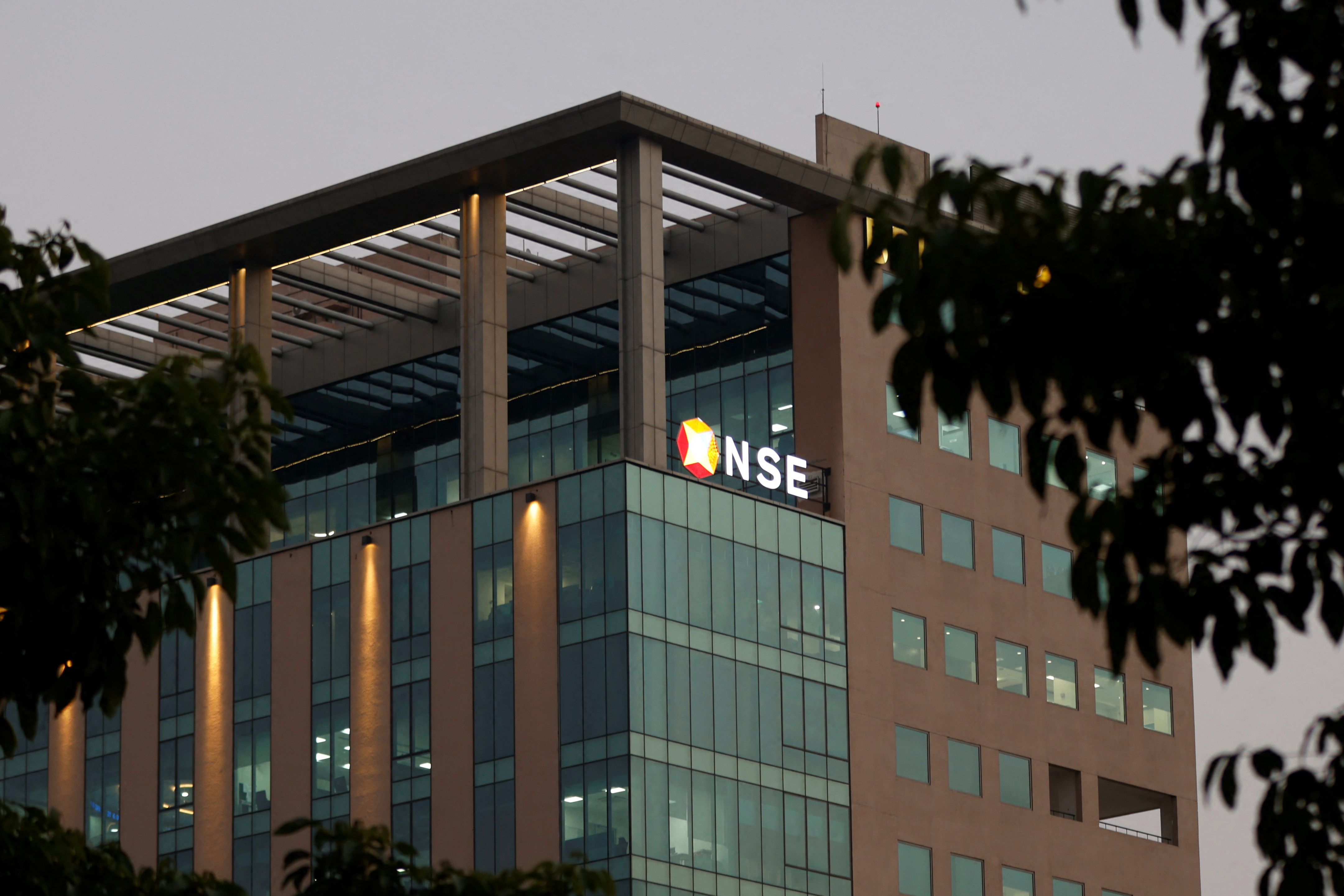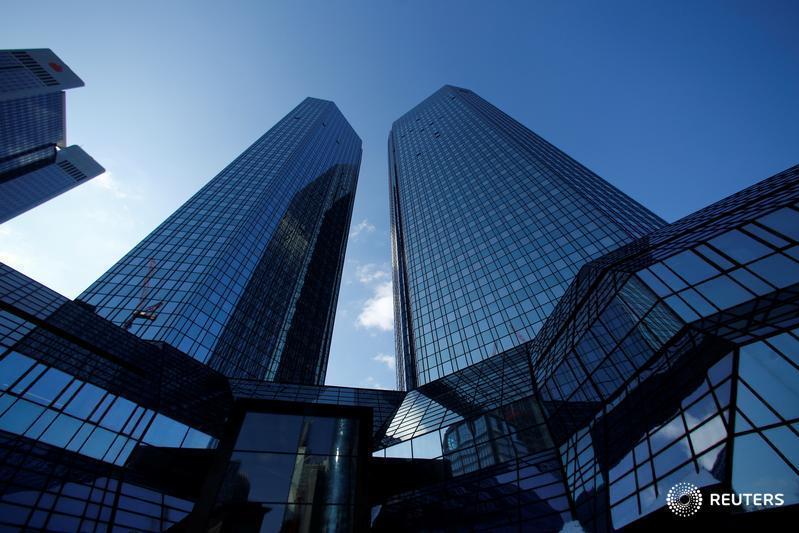Saudi Aramco's Billions: New Share Offer Unveiled
As Saudi Aramco anticipates a secondary offering, the world watches how this move signals the Kingdom's economic diversification and commitment to oil amidst evolving energy concerns.
Published May 31, 2024 - 00:05am

Image recovered from saudigazette.com.sa
RIYADH: Saudi Aramco has sparked potent market curiosity with its announcement to offer 1.545 billion shares worth more than $10 billion. Marking one of the most significant offerings of recent years, this secondary public offering represents approximately 0.64 percent of the company's issued shares. The offering has triggered excitement on the Saudi stock exchange, with share prices anticipated to range between 26.70 and 29 Saudi riyals ($7 to $7.70).
This imminent transaction stands as the firm's second listing following the historic initial public offering (IPO) in December 2019 that amassed a staggering $25.6 billion, the largest flotation ever recorded.
The Kingdom of Saudi Arabia retains a notable position as the largest crude oil exporter and, ensuring its economic prowess, held an 82% ownership of Aramco's shares before this announcement. Investors across the Middle East and Europe have shown substantial informal interest, with early indicators suggesting bids exceeding the $10 billion threshold.
The deal is strategically timed to complement an OPEC+ gathering to discuss oil output policies with expectations to maintain current supply curbs. Such a stance would solidify Saudi Arabia's production near three-year lows. Aramco's shares dipped to their lowest in over a year just before the deal's announcement, adding another layer of interest to the offering's timing.
Aramco's long-term strategy resonates beyond share offerings. The petroleum behemoth has actively pursued goals for cleaner oil and gas operations. In an industrial landscape that vigorously debates fossil fuels and clean energy, Aramco has unveiled plans that target net zero emissions by 2050 without curtailing oil production. With investments in carbon capture and ambitious projects to produce blue ammonia and blue hydrogen, Aramco is aligning with global energy priorities while not conceding its production capacity.
In the realm of Big Oil, companies like Shell and Exxon Mobil have also upheld vigorous oil and gas production, underlining the industry conflict between environmental stewardship and energy demands. Aramco's leadership, in particular, maintains that boosting efficiency and optimizing current production can combat carbon emissions without diminishing their mainstay business.
The substantial share offering also embodies Saudi's broader economic transformation, aligning with Crown Prince Mohammed bin Salman's Vision 2030 to diversify the country's economic dependence on oil. Projects like the $100 billion aviation sector and expansive tourism initiatives mark Saudi's ambition, while the share sale of Aramco will aid these efforts. Furthermore, with crude oil prices currently volatile, the government's budgetary requirements for oil remain high, triggering additional interest in unlocking the kingdom's wealth through foreign direct investment. The response to Aramco's offering will unquestionably set a precedent for the oil industry's future direction.
The burgeoning interest in Aramco's share offering is rooted not only in the size of the deal but also in the transformation within the oil industry as it navigates the pressures of climate change mitigation. The energy sector is under tremendous scrutiny to adapt to environmentally conscious practices, incentivizing companies like Aramco to innovate in sustainable technology while extending their economic footprint.
The prospect of drawing substantial foreign direct investment through this share sale is seen as a means for Saudi Arabia to bolster its Public Investment Fund (PIF), one of the world's largest sovereign wealth funds. The PIF plays a crucial role in funding megaprojects and diversifying the kingdom's economy in accordance with Vision 2030 goals. A successful offering would represent a key advancement in this broader economic plan.
Saudi Aramco's ongoing investments and collaborations in research and development further demonstrate their commitment to securing a position as a leading global energy supplier that is progressively reducing its carbon footprint. The company has stressed its dedication to high technological standards and continuous improvement of its industrial processes, which are central to addressing environmental concerns.
Investor confidence is expected to be buoyed by the company's robust financial performance. Despite the volatility caused by the COVID-19 pandemic on global energy markets, Aramco has shown resilience with an impressive recovery in profits as oil demand rebalaces. The company's capacity to weather economic downturns while maintaining dividends to shareholders renders its stock an attractive prospect.
As global economies emerge from the turmoil triggered by the coronavirus pandemic, the uptick in energy demands presents a pivotal moment for Saudi Aramco's market proposition. Observers note that while oil prices and energy transitions pose challenges, they also offer opportunities for industry titans like Aramco to redefine their business models and deliver value to shareholders in an evolving market.
The Saudi government has emphasized that the proceeds of the share sale will not only reinforce the national economy but also contribute to broad-based development across various sectors. By leveraging Aramco's financial muscle, the country aspires to fuel the growth of new industries, including technology, entertainment, and renewable energy, creating jobs and generating alternative streams of income.
The world's eyes are on this share offering as a significant event that will impact the energy market and investment landscapes. In-depth analyses from financial experts forecast that the ripple effects of this offering could be quite extensive, with potential implications for oil prices, global energy policies, and the pace of the green transition within the energy sector.






